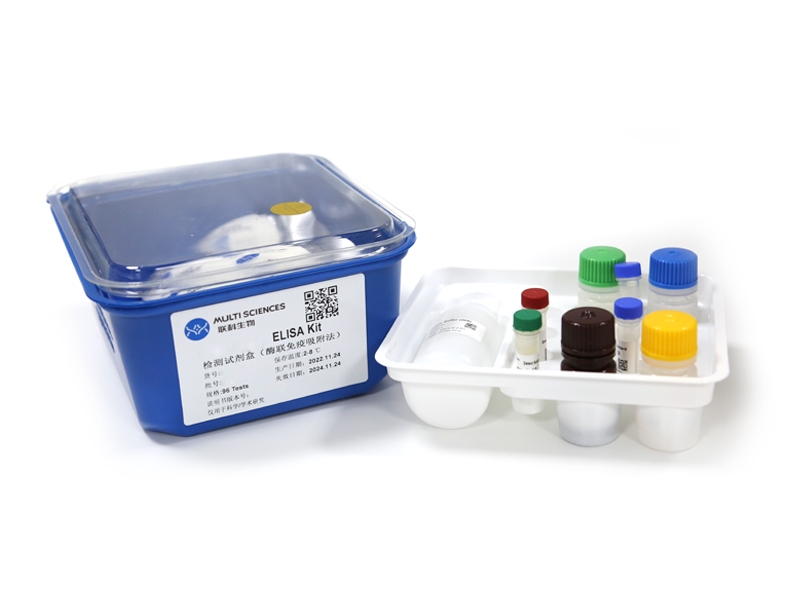Sepsis is a life-threatening organ dysfunction caused by dysregulated host response to infection and characterized by redox imbalance and severe oxidative stress. Glutathione (GSH) serves several vital functions, including scavenging free radicals and maintaining intracellular redox balance. Extracellular GSH is unable to be taken into the majority of human cells, and the GSH prodrug N-acetyl-l-cysteine (NAC) does not exhibit promising clinical effects. γ-glutamylcysteine (γ-GC), an intermediate dipeptide of the GSH-synthesis pathway and harboring anti-inflammatory properties, represents a relatively unexplored option for sepsis treatment. The anti-inflammatory efficiency of γ-GC and the associated molecular mechanism need to be explored. In vivo investigation showed that γ-GC reduced sepsis lethality and attenuated systemic inflammatory responses in mice, as well as inhibited lipopolysaccharide (LPS)-stimulated production of tumor necrosis factor-α (TNF-α), interleukin-1β (IL-1β), high-mobility group box 1 (HMGB1), and nitric oxide (NO) and the expression of inducible NO synthase and cyclooxygenase 2 in RAW264.7 cells. Moreover, both in vivo and in vitro experiments demonstrated that γ-GC exhibited better therapeutic effects against inflammation compared with N-acetyl-L-cysteine (NAC) and GSH. Mechanistically, γ-GC suppressed LPS-induced reactive oxygen species accumulation and GSH depletion. Inflammatory stimuli, such as LPS treatment, upregulated the expression of glutathione synthetase via activating nuclear factor-erythroid 2-related factor (Nrf2) and nuclear factor kappa B (NF-κB) pathways, thereby promoting synthesis of GSH from γ-GC. These findings suggested that γ-GC might represent a potential therapeutic agent for sepsis treatment.
文章引用产品
-
-
- EK106
- ELISA试剂盒
Human IL-6 ELISA Kit检测试剂盒(酶联免疫吸附法)
-
¥1,600.00 – ¥10,800.00
-
- EK106
- ELISA试剂盒
Human IL-6 ELISA Kit检测试剂盒(酶联免疫吸附法)
- ¥1,600.00 – ¥10,800.00



